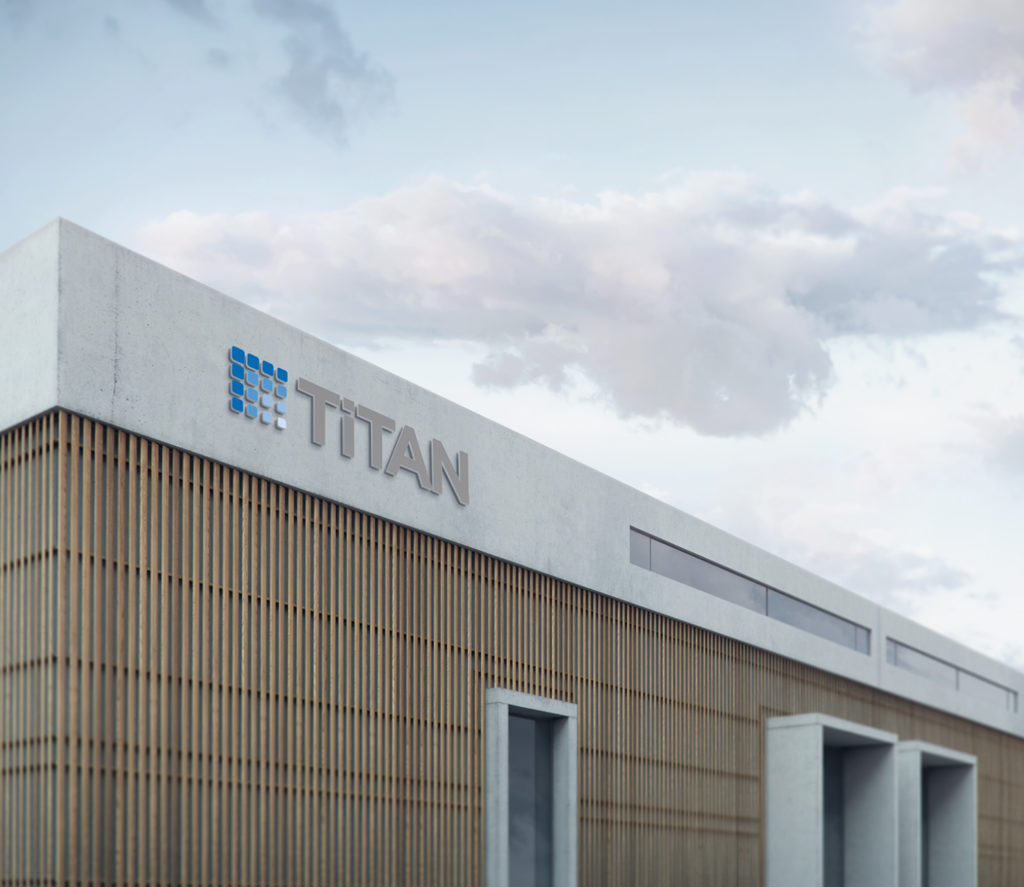Services

Protecting Lives, Safeguarding Assets, Ensuring Business Continuity!
In today’s high-risk environments, fire safety and emergency communication systems are critical for ensuring the safety of people, property, and operations. At Titan, we provide state-of-the-art fire detection, explosion-proof equipment, and intelligent emergency response solutions that deliver early warning, rapid response, and seamless system integration. Our cutting-edge technology ensures compliance with global safety standards and is designed for commercial buildings, industrial plants, healthcare facilities, hospitality, and high-security environments.
Our Life Safety Solutions Include:
✅ Fire Detection & Alarm Systems
- Advanced smoke, heat, and multi-sensor detectors for early fire detection.
- Intelligent fire alarm control panels (FACP) with real-time monitoring.
- Manual call points (break-glass stations) for quick emergency alerts.
- Integrated mass notification systems for coordinated emergency response.
✅ Explosion-Proof Equipment
- Fire-rated enclosures and explosion-proof detectors for high-risk areas.
- Compliance with industrial safety regulations for hazardous environments.
- Automatic shutoff systems to prevent fire escalation.
✅ Linear Heat Detection Systems
- Continuous monitoring of temperature changes for early warning.
- Ideal for industrial plants, warehouses, and high-temperature environments.
- Seamless integration with fire suppression and alarm systems.
✅ Refuge Systems & Emergency Evacuation
- Dedicated safe zones for people requiring assistance during evacuations.
- Automated fire door and stairwell access control for emergency response.
- Integration with HVAC systems to manage smoke control.
✅ Intelligent Voice & Visual Announcement Systems
- Audible alarms & voice evacuation messages for clear guidance.
- Visual alarms (strobe lights & indicators) for accessibility in all environments.
- Integration with public address systems for large-scale emergency communication.
Why Choose Titan for Life Safety Systems?
✔ Industry-Leading Technology – Cutting-edge fire detection, explosion-proof safety, and emergency communication systems.
✔ Seamless System Integration – Works with HVAC, access control, and building automation for a coordinated emergency response.
✔ Scalability & Compliance – Solutions designed for small businesses to large industrial complexes while ensuring adherence to global safety standards.
✔ 24/7 Monitoring & Support – Reliable emergency response and real-time system monitoring for operational continuity.
At Titan, we design comprehensive life safety solutions that enhance emergency preparedness, minimize risk, and ensure rapid response in critical situations. Whether you’re securing a commercial facility, industrial site, or public space, our advanced fire safety and emergency systems provide the protection and reliability you need.
📩 Contact us today to implement a cutting-edge life safety solution for your facility!
PROFESSIONALS
Testimonials

Engineering Manager
Alice Howard
Ultricies nisi. Nam eget dui. Etiam rhoncus. Maecenas tempus, tellus eget rhoncus, amet sem vel quam nunc semper libero, sit amet sem neque sed ipsum. Namet quam nunc. Lorem ipsum sit.

Architect
Henry Sanchez
Aliquam lorem ante, dapibus in, viverra nisi quis, feugiat a, tellus. Phasellus viverra deo nulla ut metus varius qui laoreet. Quisque sum rutrum. Aenean imperdiet. Etiam ultricies cum sociis.

Engineering Manager
Nathan Marshall
Ultricies nisi. Nam eget dui. Etiam rhoncus. Maecenas tempus, tellus eget rhoncus, amet sem vel quam nunc semper libero, sit amet sem neque sed ipsum. Namet quam nunc. Lorem ipsum sit.

construction simulator
Emma Romero
Aliquam lorem ante, dapibus in, viverra nisi quis, feugiat a, tellus. Phasellus viverra deo nulla ut metus varius qui laoreet. Quisque sum rutrum. Aenean imperdiet. Etiam ultricies cum sociis.

construction simulator
John Romero
Aliquam lorem ante, dapibus in, viverra nisi quis, feugiat a, tellus. Phasellus viverra deo nulla ut metus varius qui laoreet. Quisque sum rutrum. Aenean imperdiet. Etiam ultricies cum sociis.

Interior Designer
Judy Wells
Ultricies nisi. Nam eget dui. Etiam rhoncus. Maecenas tempus, tellus eget rhoncus, amet sem vel quam nunc semper libero, sit amet sem neque sed ipsum. Namet quam nunc. Lorem ipsum sit.



















